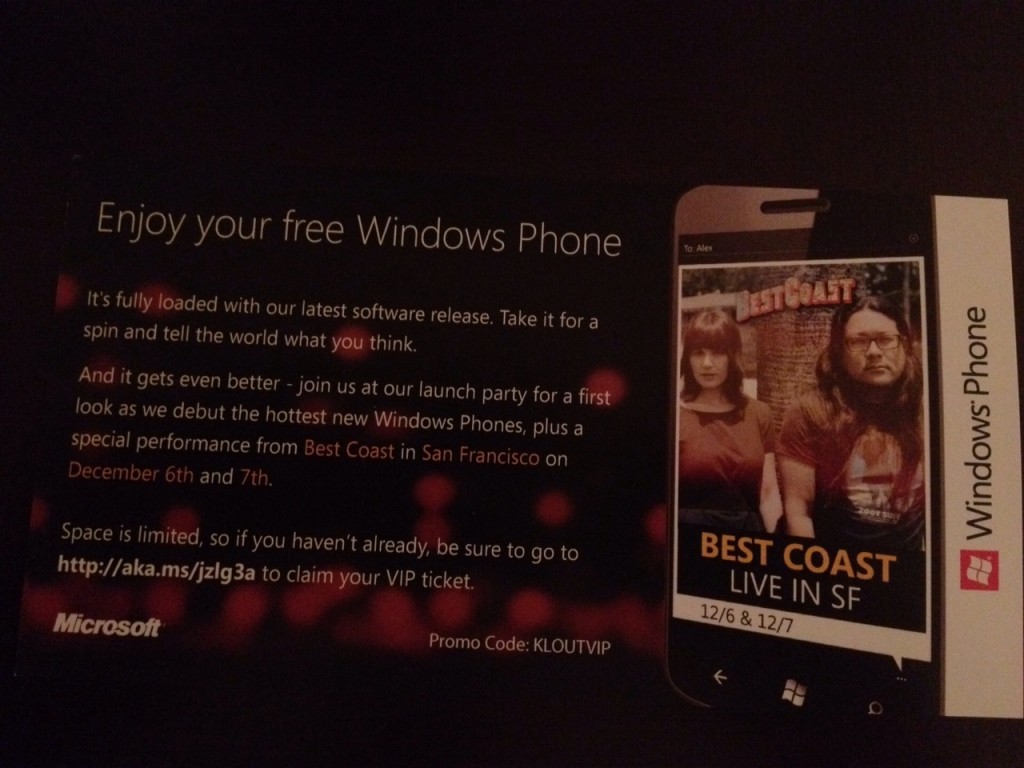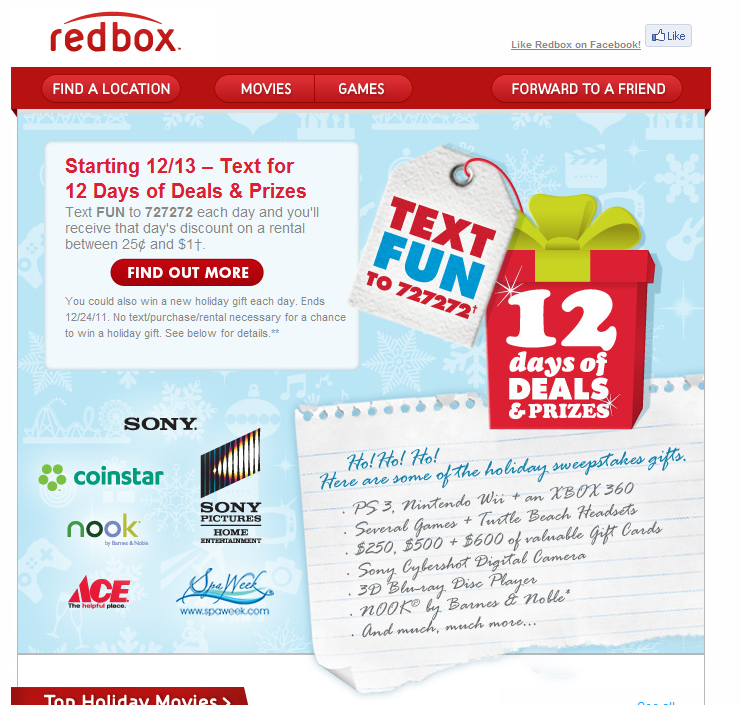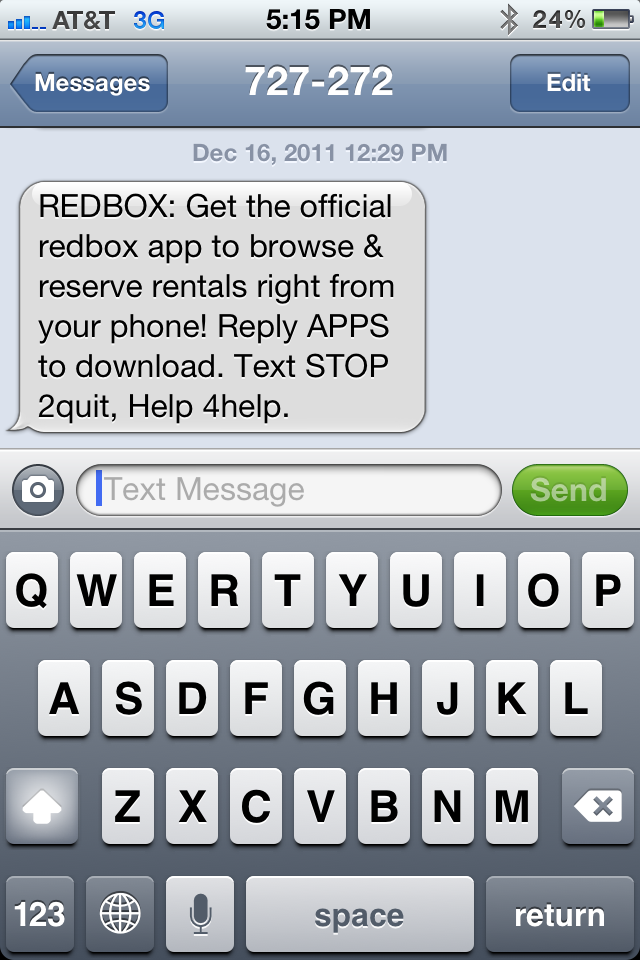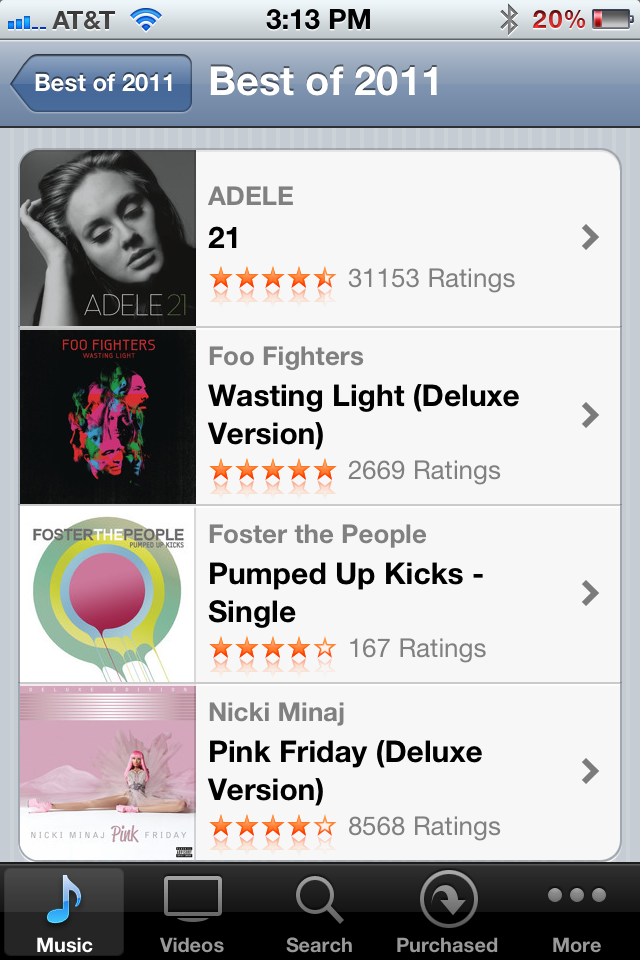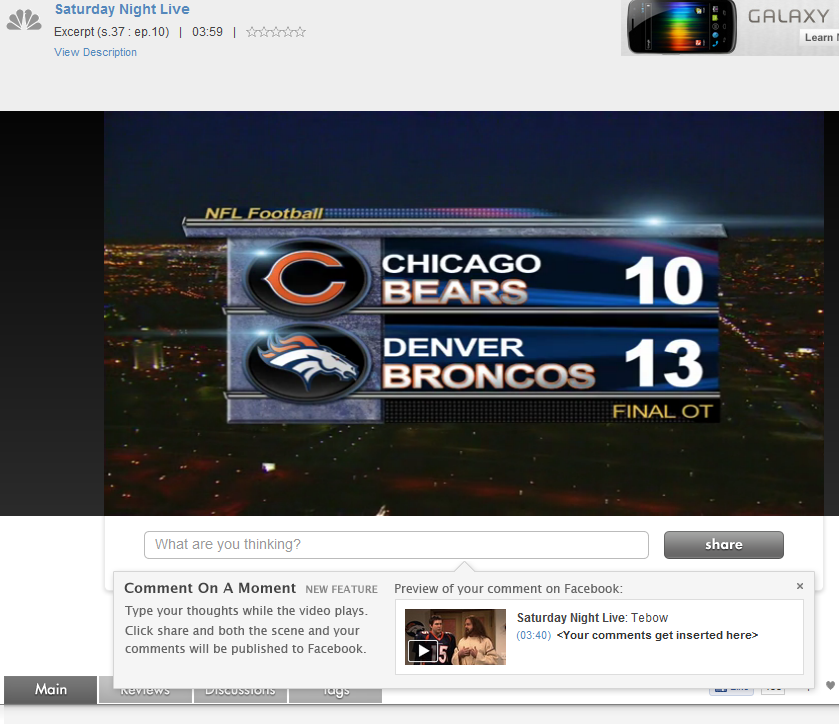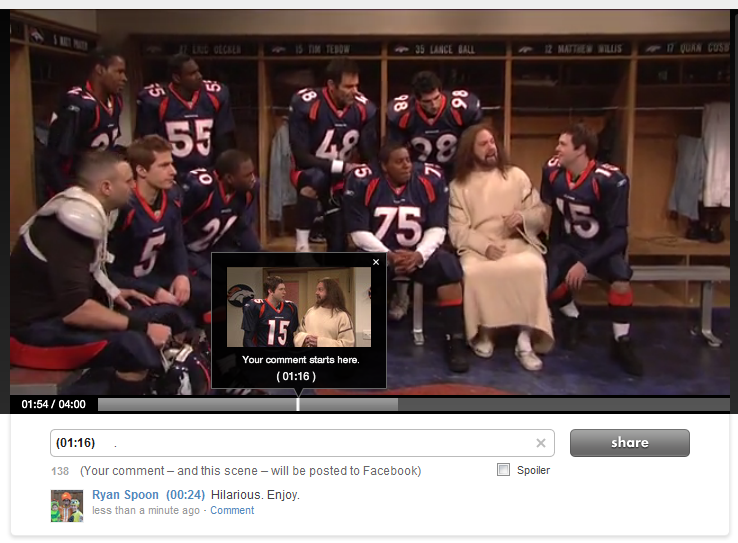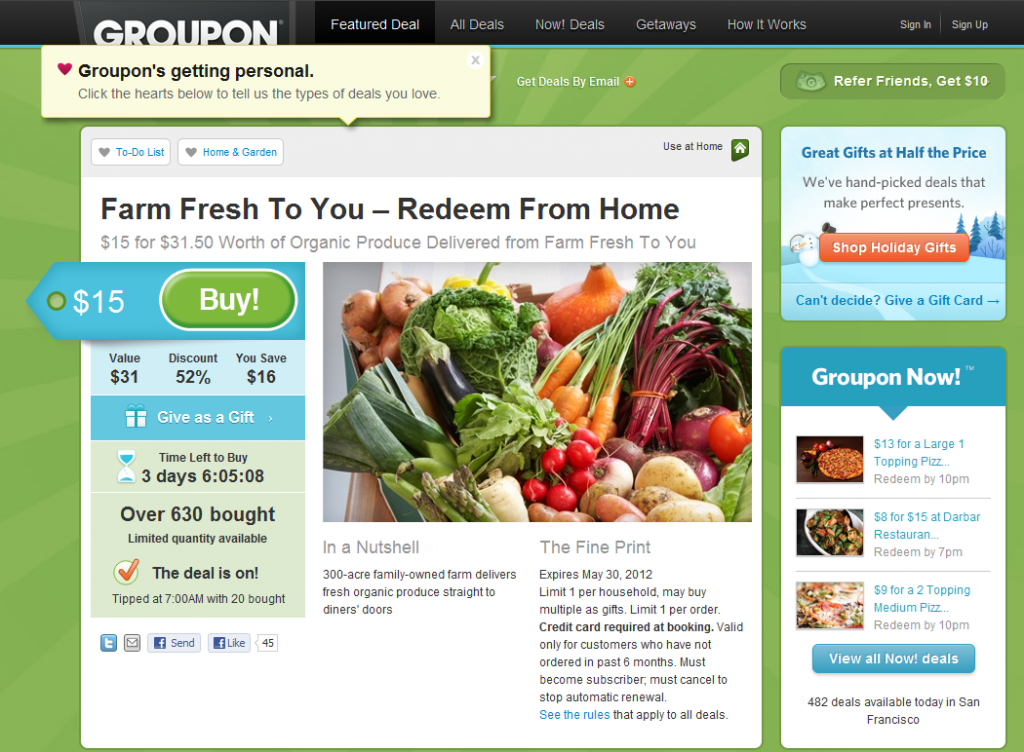Before the holiday, I wrote that Facebook was testing "listen buttons" in the Ticker. I commented that it was sure to boost activity and conversions... but what happens when the 'action' graph expands and there are buttons galore? A couple thoughts / notes on that:
click image for full-size

1. This is the first time I have now seen "Read" buttons. They look exactly like the listen button - but clearly focused on different actions, publishers and canvas apps. It really stands out.
Again: what happens when the entire ticker is action-oriented? Is it too noisy? Is there new column? Unsure... but I like the fact that posts are action-oriented.
2. Which brings us to point #2: it is a reminder to be action-oriented and to stand out... whether you are creating content, delivering emails or crafting ad units. Great example below from Google's own search ads.
The first unit is for Google Offers. It *of course* looks great and stands out: big branding, big imagery, etc.
The second is a little further down and is by Lonely Planet. The unit stands out because it is different and integrates ratings. The copy is action-oriented.





